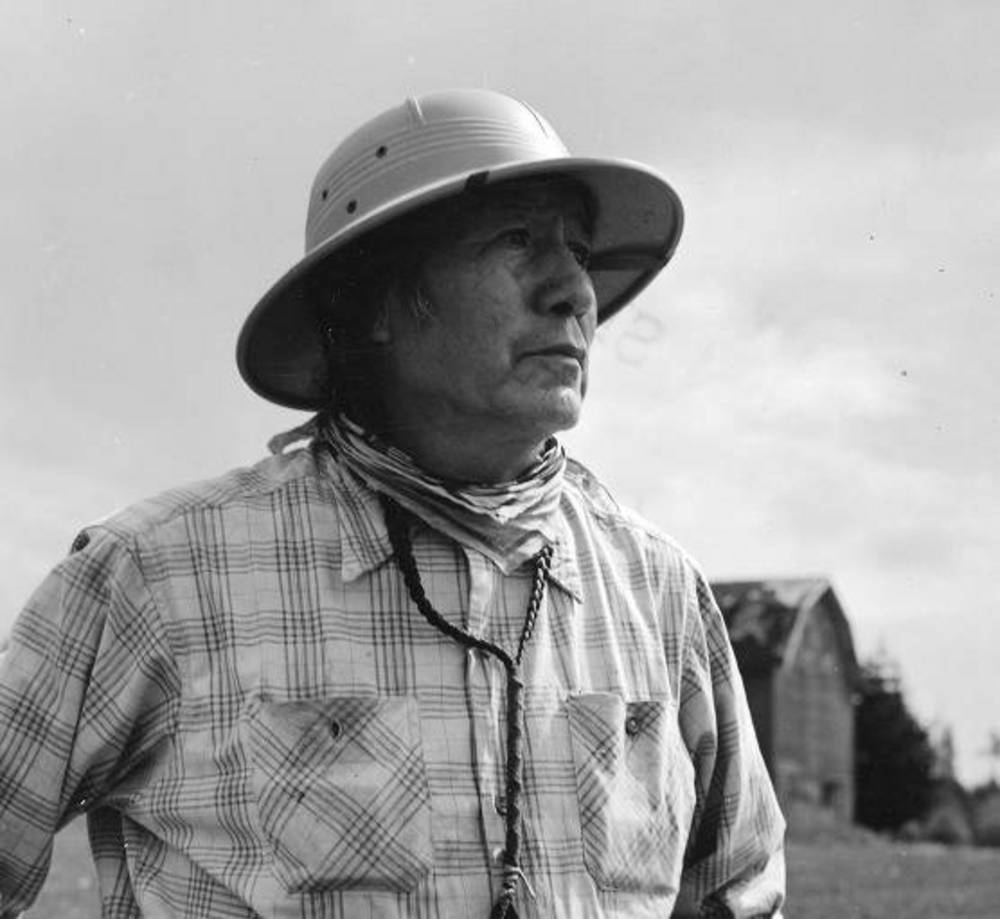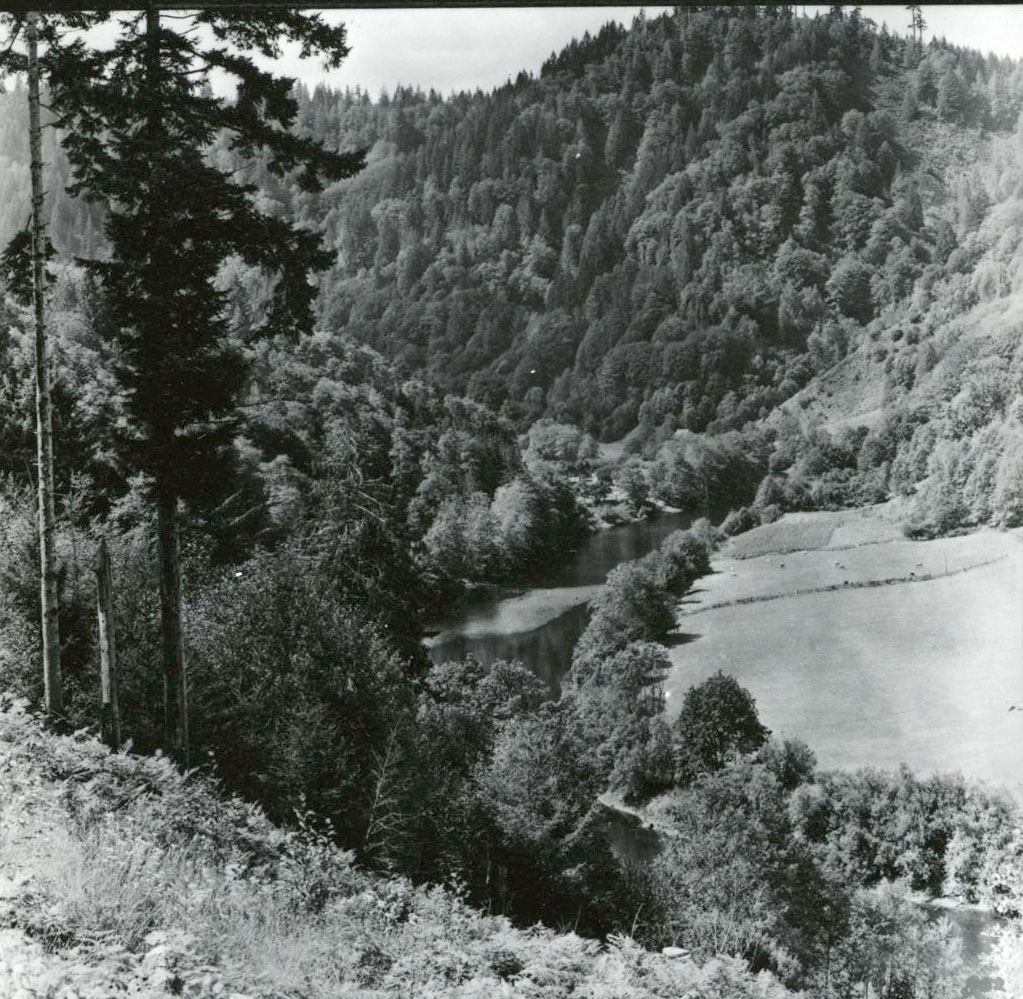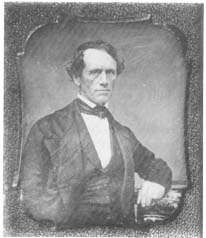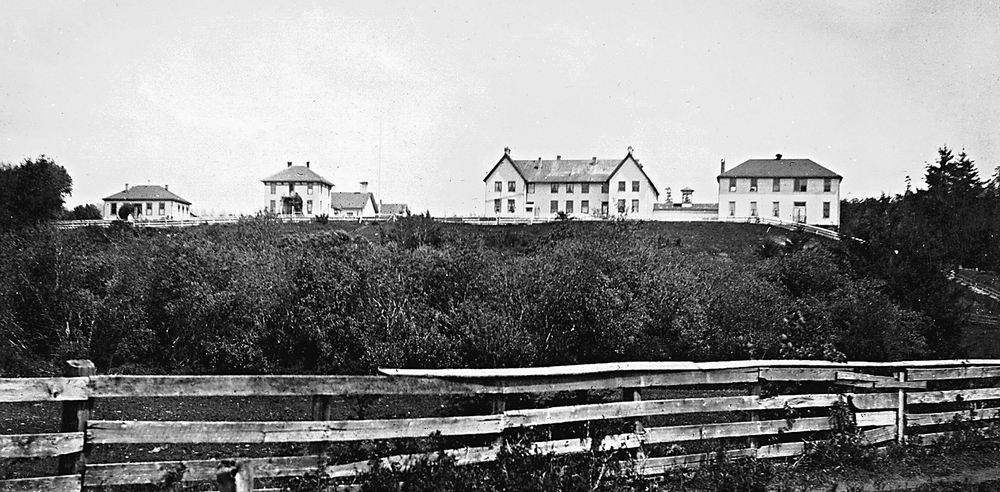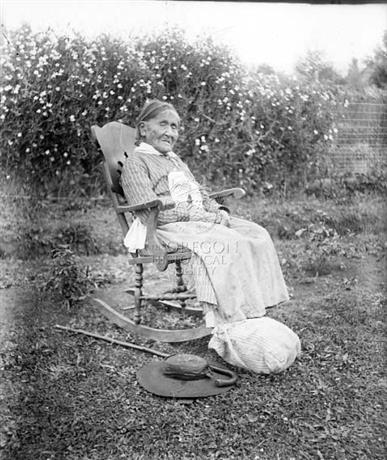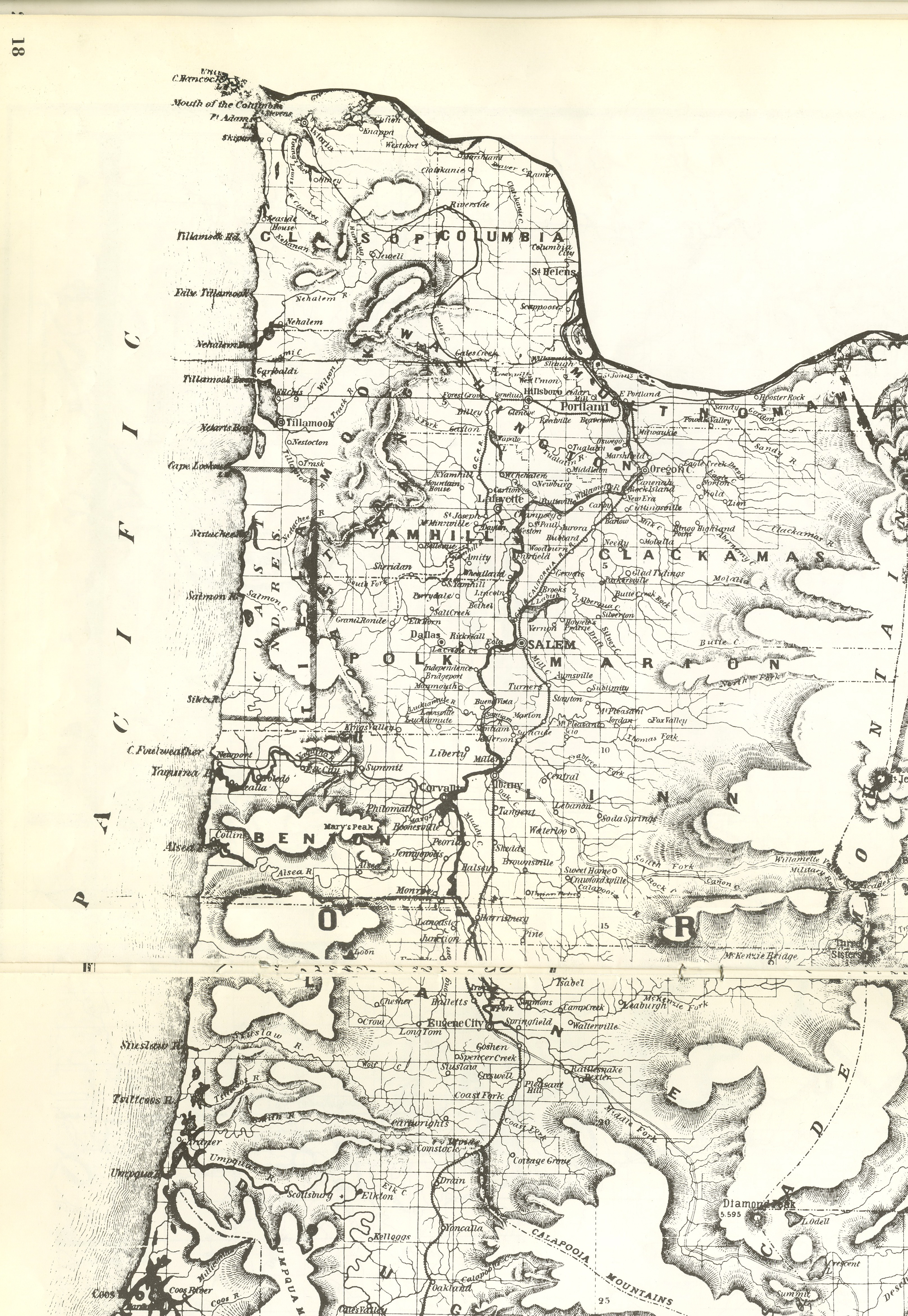As early as the 1830s, when French Canadians associated with the Hudson's Bay Company began establishing the French Prairie farming region in the Willamette Valley, native people—mainly Kalapooians—worked for white settlers. Americans such as Jason Lee, the first Methodist minister in Oregon, took what he called "wandering Indians" from the Willamette plains, mainly children, and began teaching them to do agricultural work.
In 1850, Commissioner of Indian Affairs Luke Lea gave orders to Superintendent of Indian Affairs Anson Dart to urge the Indians to "engage in agricultural pursuits." Many of the Indians in the Willamette Valley were already well-trained in the American style of agriculture and had integrated their ways of life with that of the new American settlers. "The Twallatty's [Tualatin Kalapuya] are, many of them, very good farmers,” the April 26, 1851, Oregonian reported, “and are employed extensively during the harvest season in getting in the crops."
The seasonal harvest for Oregon natives approximated the "seasonal round" of pre-settlement native societies. In the seasonal round, families temporarily moved to important resource areas in an annual cycle. In the process, tribes such as the Kalapuyans harvested and stored camas, seeds, basketry materials, acorns, animals, and fish at specific locations throughout the Willamette Valley.
After the Coast reservation was established in 1855, natives from the Grand Ronde and Siletz agencies continued to pursue agriculture on the reservations. Finding that their income was not enough to support them year-round, many families chose to leave the reservations in the summers to participate in the seasonal harvesting of hops, berries, beans, and timber. Many of the men would participate year-round in timber harvesting, while the rest of the family would travel to the hop fields. Native harvesters worked mostly in Independence, near Wheatland Ferry, located north of Keizer, and in fields near Portland. Workers from Klamath and Warm Springs reservations and from as far away as Arizona traveled to the Willamette Valley to participate in the summer harvest.
Entire families contributed to the harvest, with children allocated smaller containers and shorter hours. Farmers built small shanty towns on their farms, where families occupied rude cabins grouped in ethnically separated "neighborhoods." The farmers held weekly dances, had a general store, showed movies, and provided ice cream for the children.
After termination of the western Oregon reservations in 1956, fewer native families participated in the seasonal harvest, as most had to move to urban centers to find wage labor. During this time, a blight devastated the hop fields in Oregon, and many native families began picking beans and berries for their main income. Local native migrant farm workers labored in the Willamette Valley into the 1970s.
The history of native agricultural labor in Oregon reflects important contributions of the native peoples to the development of Oregon and its agricultural economy.
-
![Unidentified man working in the strawberry fields near Gresham, 1946.]()
Native Am, agricultural laborer.
Unidentified man working in the strawberry fields near Gresham, 1946. Photo by R. G. Fowler, courtesy Oreg. State Univ. Archives, Extension and Experiment Sta. Comm. Coll., P120:2723
Related Entries
-
![Alsea Subagency of Siletz Reservation]()
Alsea Subagency of Siletz Reservation
In September 1856, Joel Palmer, the Superintendent of Indian Affairs fo…
-
![Anson Dart (1797-1879)]()
Anson Dart (1797-1879)
In 1850, Anson Dart (1797-1879), of Wisconsin, was appointed as the fir…
-
Coast Indian Reservation
Beginning in 1853, Superintendent of Indian Affairs Joel Palmer negotia…
-
![French Prairie]()
French Prairie
Located in Oregon's mid-Willamette Valley, French Prairie was resettled…
-
![Kalapuyan peoples]()
Kalapuyan peoples
The name Kalapuya (kǎlə poo´ yu), also appearing in the modern geograph…
-
![Termination and Restoration in Oregon]()
Termination and Restoration in Oregon
Termination Of the federal-Indian policies introduced to American Indi…
-
![Willamette Valley]()
Willamette Valley
The Willamette Valley, bounded on the west by the Coast Range and on th…
Map This on the Oregon History WayFinder
The Oregon History Wayfinder is an interactive map that identifies significant places, people, and events in Oregon history.
Further Reading
Byram, R. Scott, and David G. Lewis. "Ourigan: Wealth of the Northwest Coast." Oregon Historical Quarterly 101 (2001).
Carey, Charles H. General History of Oregon. Portland: Binfords and Mort, 1971.
Lewis, David G. "Tribal Members Were Jammin': At the Grand Ronde and Siletz reservations, canning industry flourished for several decades," Smoke Signals (Confederated Tribes of Grand Ronde), 2007.

